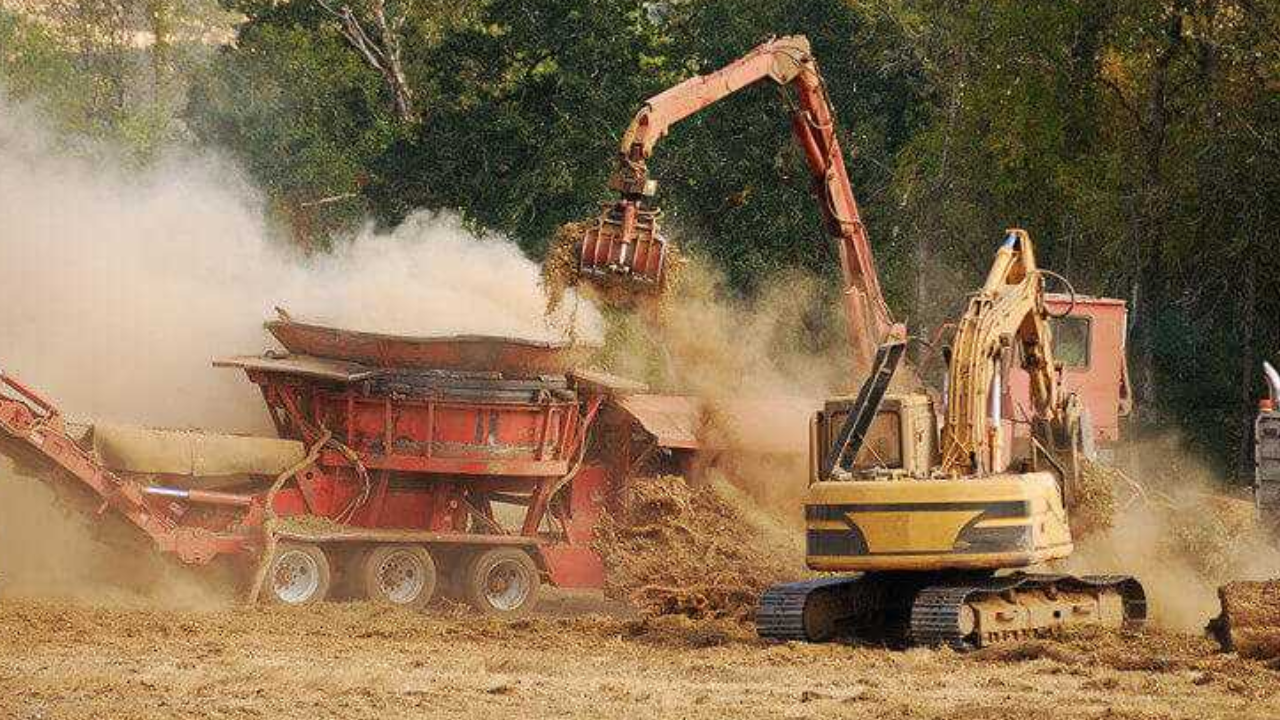Grinder wear parts are important additives in tub and horizontal grinders, critical for maintaining operational efficiency and productivity in the wood processing industry. These wear parts bear great abrasion, effect, and pressure during grinding operations, necessitating the use of outstanding substances and specific production strategies.
Carbide, metal, alloy steels, hard-facing alloys, and composite substances are a few of the materials employed in the manufacturing of grinder put-on parts. Through cautious choice and engineering of materials, grinder wear parts producers make sure that tub and horizontal grinders maintain height overall performance, minimizing downtime and maximizing the processing of wooden waste into precious products like mulch, compost, and biomass gasoline.
Besides this, Regular inspection and replacement of grinder wear parts are important to save you downtime and maintain optimum overall performance. Producers continuously innovate materials and designs to enhance wear resistance, durability, and standard performance of grinder wear parts ensuring that grinder wear components meet the worrying necessities of the wooden processing industry.
Material Utilized In Tub and Horizontal Grinder Wear Parts
Tub and horizontal grinders play an important role in the wooden processing industry, effectively reducing timber waste into usable materials along with mulch, compost, and biomass fuel. However, the wear and tear skilled by these machines necessitate using extremely good wear elements to ensure their endured operation and productivity. In this article, we delve into the materials utilized in the production of tub and horizontal grinder wear components, emphasizing sturdiness, strength, and longevity.
Carbide
Carbide is a famous material preference for grinder wear components due to its fantastic hardness and wear resistance. Tungsten carbide, in particular, is broadly utilized in production grinder pointers, carbide teeth, and tub grinder hammers. Its advanced hardness permits these elements to withstand the abrasive nature of wood grinding, resulting in extended sturdiness and decreased preservation downtime.
Steel
Diverse grades of metal are used in producing wear elements for tubs and horizontal grinders. High-carbon steel is typically employed in manufacturing blades, anvils, and cutters because of its excellent strength and effect resistance. These components undergo high-pressure situations throughout grinding operations, necessitating substances capable of withstanding such forces without deformation or breakage.
Alloy Steels
Alloy steels are formulated by combining iron with other elements, including chromium, manganese, and vanadium, to enhance particular properties, including hardness, sturdiness, and corrosion resistance. Additives like monitors and holders often utilize alloy steels to withstand the wear and abrasion encountered all through wooden grinding approaches. The suitable composition of alloy steels is adapted to meet the worrying requirements of grinder wear elements, ensuring the most effective performance and longevity.
Hardfacing Alloys
Hardfacing alloys are implemented on wear-susceptible surfaces of grinder additives to enhance their wear resistance and prolong provider lifestyles. These alloys, typically including chromium, tungsten, and other difficult particles, are deposited onto the floor through welding or thermal spraying techniques. Hardfacing significantly improves the damage resistance of grinders' wear elements, especially in excessive-wear regions, together with grinder recommendations and hammer faces, thereby extending their operational lifespan.
Composite Materials
In some programs, composite materials are utilized to achieve stability between wear resistance, weight loss, and cost-effectiveness. Composite wear components might also combine elements with carbide, steel, and polymers to optimize performance while minimizing cloth utilization. These lightweight yet durable components provide advantages in terms of decreased strength intake and increased throughput, making them appropriate for specific grinder programs.
Conclusion
The material used in manufacturing tub and horizontal grinder wear parts is carefully decided on to ensure sturdiness, strength, and durability in demanding wood grinding applications. From carbide suggestions and metal blades to hard-facing alloys and composite materials, each component is engineered to face up to the abrasive forces encountered in the course of operation, thereby maximizing productivity and minimizing downtime. Grinder wear component manufacturers continue to enhance the performance and reliability of tub and horizontal grinders in the wood processing industry.


